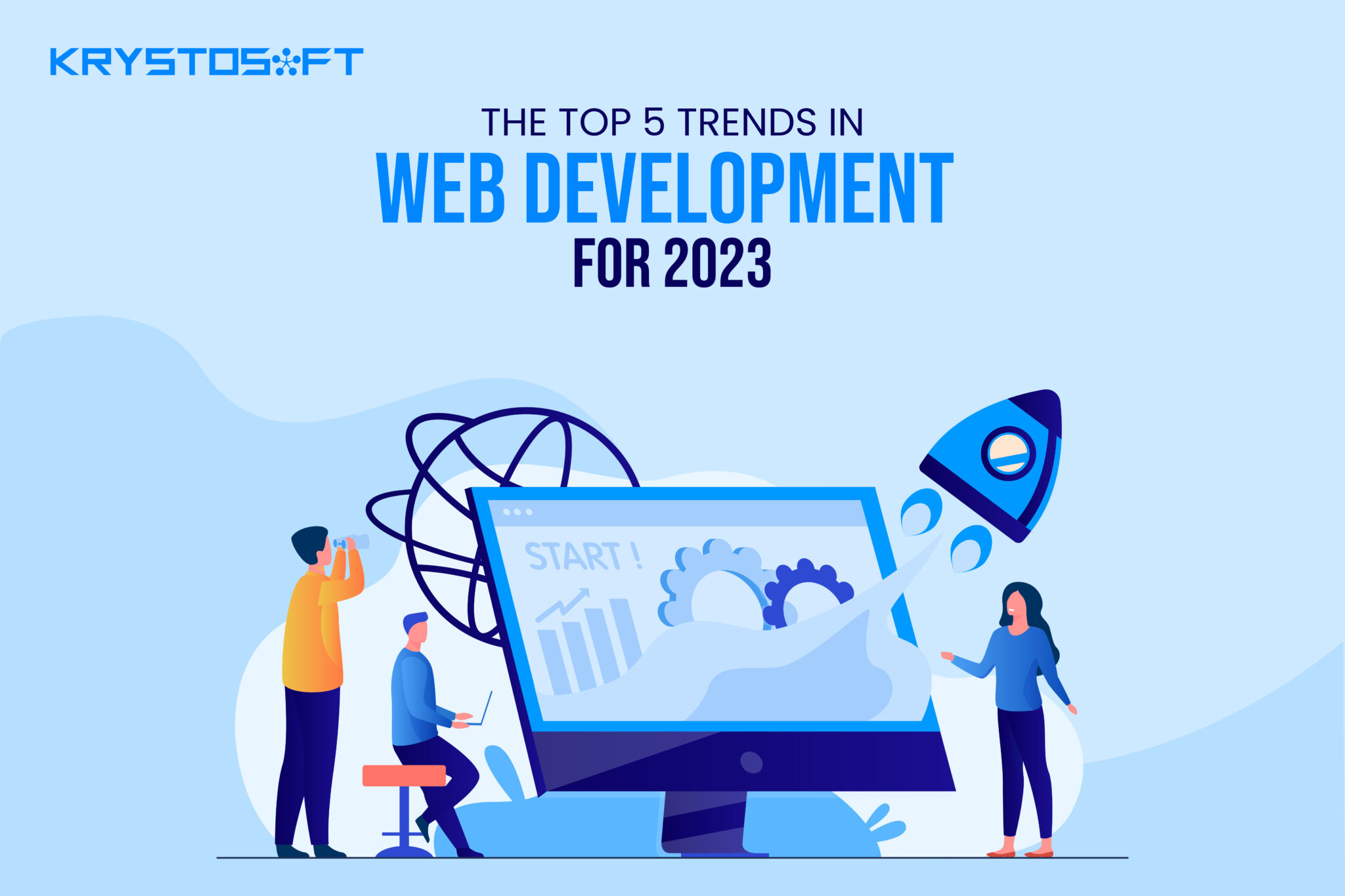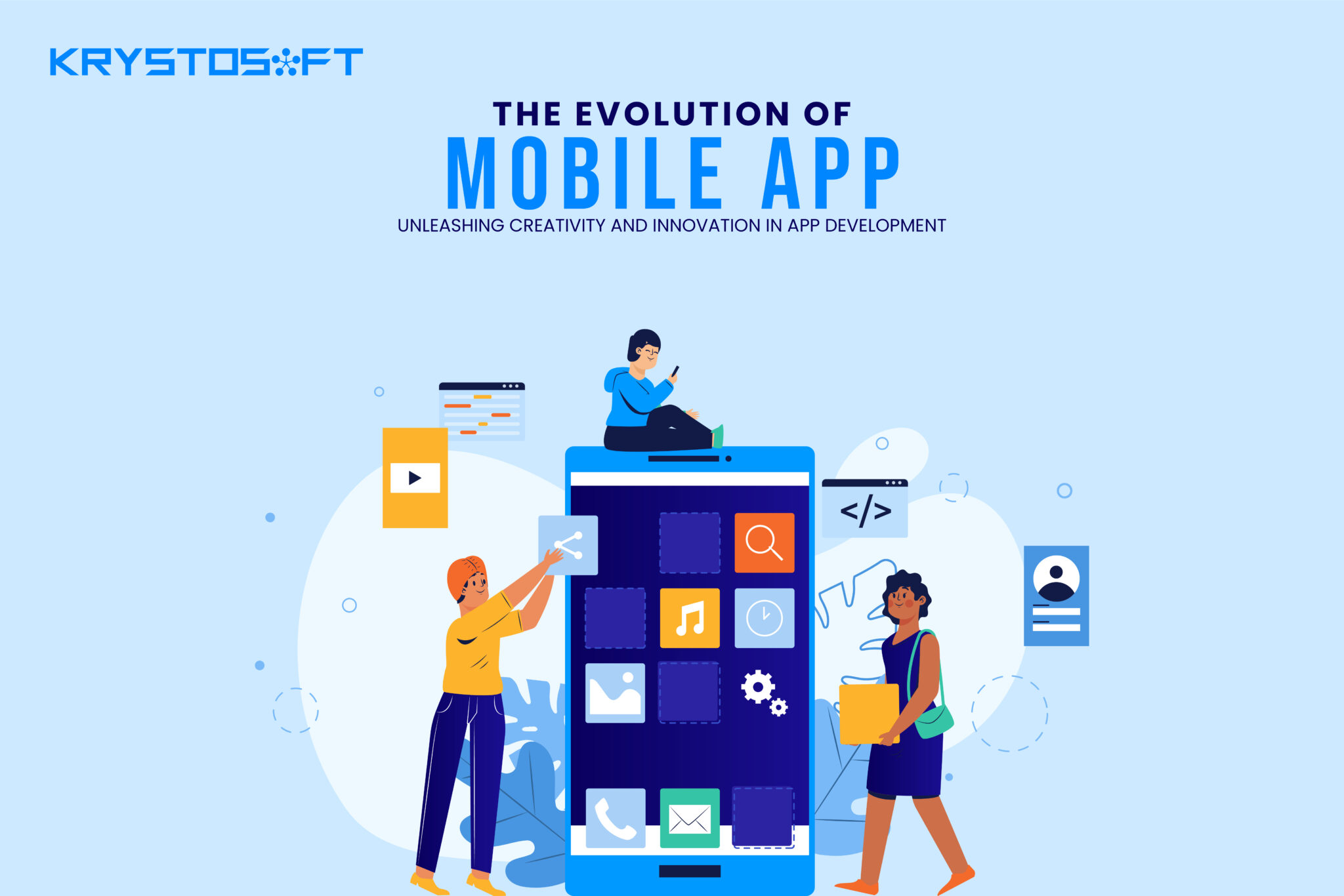Are you ready to accept the changes in business brought about by the next generation of internet architecture?
Neal Stephenson invented the phrase “Snow Crash” in his 1992 novel to represent a linked series of virtual reality realms. Fast forward to 2024 ,and we see the notion come to life in the form of the “Metaverse. So, what is the Metaverse industry? In today’s blog we’ll be studying exactly that. We’ll also discuss the future of the Metaverse technology, and it’s relationship with Web 3.0. So stay tuned and keep reading.
What is the Metaverse?
Metaverse technology is derived from the phrases “meta” and “universe.” It is a 3D virtual environment in which users interact with one another in real-time. In the novel that we mentioned above, people utilized a technology called “goggles” to access this realm and interact with one another.
The internet is continually developing, and the internet of today’s very different from the internet of the 1990s. If you’ve lived for a few decades or more, you’re undoubtedly familiar with the shrieking dial-up noises of modems from the past.
Web3 (also known as web 3.0) and metaverse are two concepts that are generating a lot of buzz and enthusiasm in the world of business technology right now—based on some of the coverage. You’d be excused for believing they refer to the same thing. Even though they are similar in various ways, they both describe separate entities. Although one might complement the other.
While the internet has advanced significantly, it still has a long way to go. According to experts, the metaverse and Web 3.0 are expected to be the next big things.
According to Statista, the Metaverse market in the U.S is expected to generate the most market value, which amounts to USD 23 billion. Moreover, by 2030 the number of users in the Metaverse market is expected to reach 2,633 million users.
Although the phrases are sometimes used interchangeably, the metaverse and Web 3.0 are not synonymous. So, how are they distinct? To explore this further, let’s look at the concept of Web 3.0
Web 3.0
Web 3.0 is an idea for the internet’s future generation. It is the growth of user control and ownership over their works and online material, digital assets, and online identities.
Web 2.0 is what we are now witnessing. Companies produce and provide products and services centrally. As an example, consider Instagram. Do you believe you own your Instagram content? No, the corporation owns everything on the site and has total control over all of the information created by users. They will ban or block you if they so choose.
Since 2006, many have speculated about what Web 3.0 would look like. The current version, however, was prophesied in 2014 by Gavin Wood, co-creator of the Ethereum blockchain, who projected that the internet of the future will be centered on predictably, and blockchain technology.
If “blockchain” is another term you’ve heard but don’t quite understand, the core idea of the technology is that data is decentralized. Thus, rather than being stored on central servers owned by one entity, the information is stored on an entire network of computers owned by individuals, each of which has a copy.
When it comes to money, notably cryptocurrencies, the most prevalent blockchain use. In a Blockchain, your banking activity is tracked by a server of ledgers on a computer, as compared to a bank tracking it in the conventional manner.
However, financial transactions are only one use for blockchain networks; they may also be used as distributed storage for any type of data. If Web 3.0 goes as planned, they will serve as the backbone of the future internet.
In practice, this implies that instead of spending all of our time on websites (such as Facebook and Google) that own and commercialize the material and data we generate, we’ll utilize social networks, search engines, and other applications that employ blockchains to give us control over that data.
Currently, we can also see some Web 3.0 concepts coming to life. For example, Non-fungible tokens (NFTs). These tokens leverage blockchain technology to let artists monetize and distribute their digital creations in new ways, and decentralized web browsers prevent adverts and allow users to pick which websites may access their browsing data.
Difference Between Web 3.0 and Metaverse
While Web 3.0 is concerned with the creation of the internet of the future, the Metaverse is concerned with how we will interact with it. Proponents of these online worlds claim that humans will “join” the metaverse via virtual technologies and navigate between virtual realms using digital avatars. Each of these virtual worlds may be defined as its metaverse, and some of them, such as Decentral, Fortnite, and Rec Room, are now available online.
Whereas the majority of today’s metaverse platforms are based on gaming, if the metaverse takes off as proponents believe, it has the potential to alter the way we work, socialize, and live. Instead of communicating with a coworker via Zoom, you could put on a VR headset and meet them in a virtual reality environment.
The Future of Web 3.0 & Metaverse Technology
So, what is the future of the Metaverse and Web 3.0 technologies? In my perspective, the ideal Metaverse is one in which no one organization has authority over its users’ data and assets. Most early-stage metaverses however, appear to be controlled by distinct service companies today. Some have speculated that Facebook changing its name to “Meta” is only a ploy to distance itself from the current data security and customer privacy concerns that have enveloped the company.
In a more positive aspect, Facebook’s entry into the Metaverse aided in bringing together capital (US$50 million) and talent (10,000 new jobs) to build its metaverse infrastructure. It aided in popularizing the concept of the Metaverse industry.
Users’ data and interests are in their hands. Decentralization and user ownership must be prioritized as numerous new entrants to the metaverse market sketch out their ideas for the Metaverse’s future, which may be done through the set of rules and standards offered by Web 3.0.
Conclusion
Web 3.0 and the Metaverse are fully interchangeable. Even though Web 3.0 argues for a decentralized web, the Metaverse might serve as a foundation for connection. The creator economy of the Metaverse, on the contrary, can expand on Web 3.0’s ambition by developing a new financial system based on distributed computing. Thus, both of these concepts are different, yet they augment each other to provide a better experience to the user. Thus, the Metaverse is the future of reality.
Let’s Get In Touch
Get FREE Consultancy from our Experts Right Now!
Error: Contact form not found.





